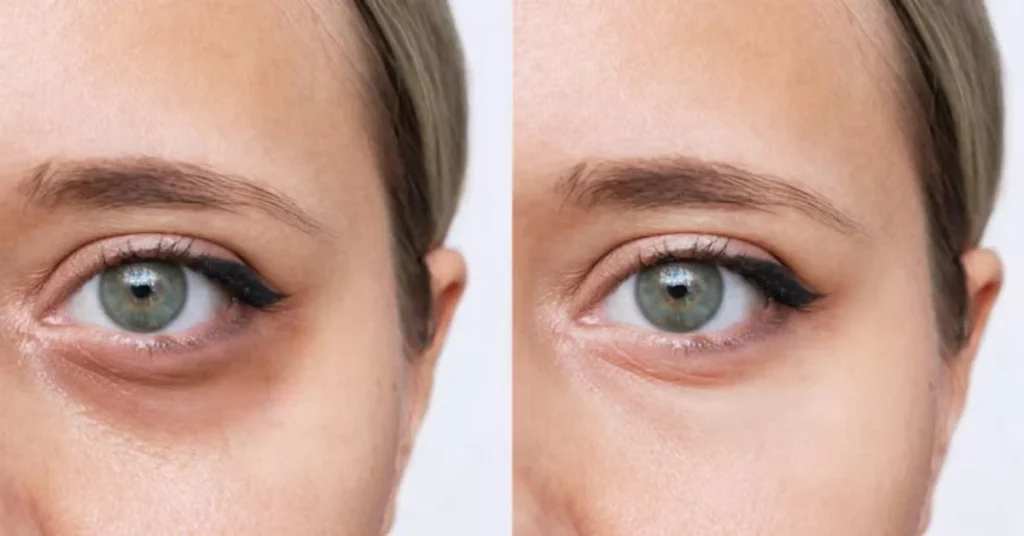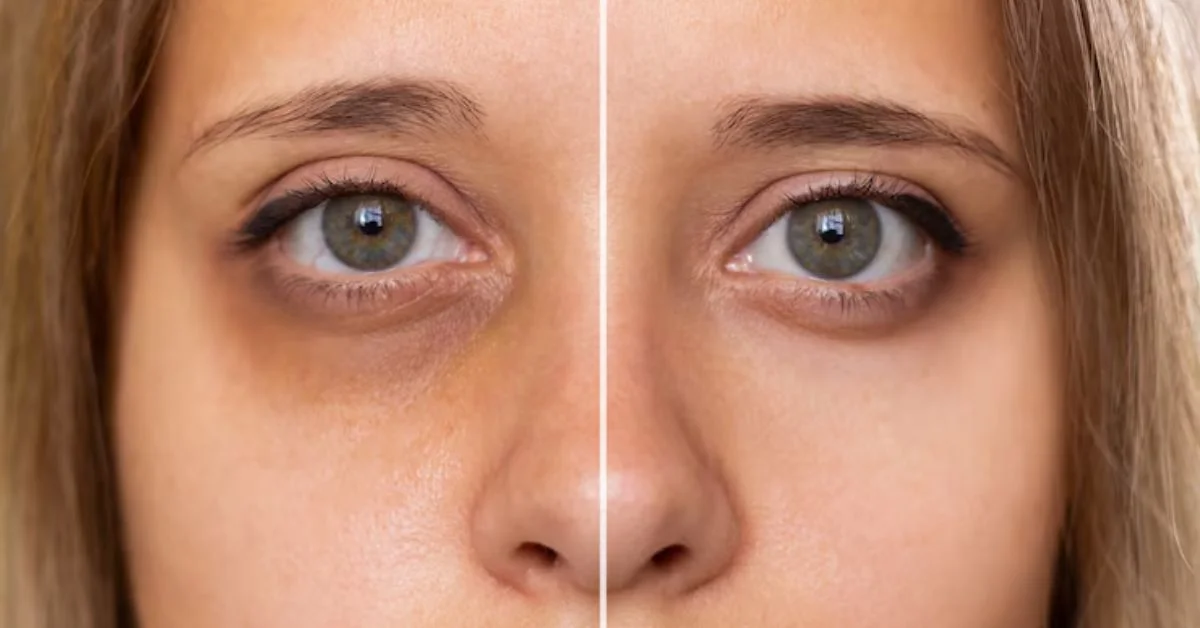Blepharoplasty Before and After, it is commonly referred to as eyelid surgery, is a cosmetic procedure that removes excess skin, fat, or muscle from the eyelids. It can be done on the upper eyelids, lower eyelids, or both. While many pursue this surgery for aesthetic enhancement, it can also improve vision by correcting droopy eyelids.
Why People Choose Eyelid Surgery
Cosmetic improvements aren’t the only reason to consider eyelid surgery. Blepharoplasty is popular among patients for a variety of reasons:
- Skin that droops or blocks vision due to aging
- Heavy eyelids or under-eye bags are examples of hereditary features
- Opting for a less invasive method to get a more youthful look
- Enhanced self-assurance in formal and informal contexts
Every year, blepharoplasty is still ranked among the top five cosmetic operations in the United States, as reported by the American Society of Plastic Surgeons.
Blepharoplasty Before and After: Realistic Expectations
The transformation from blepharoplasty before and after can be subtle or dramatic depending on the individual’s facial structure and the extent of correction. Most patients see a noticeable improvement in eyelid tightness, eye shape, and overall facial symmetry.
Here’s a quick reference guide to what you might expect:
Here are the main outcomes:
- Improved eyelid texture and strength
- Decreased sagging and puffiness
- A younger, more vibrant look
- The improvement is subtle and unobtrusive.
After one or two weeks, the majority of patients start to feel better, and they continue to get better for a few months after that.
| Aspect | Before Blepharoplasty | After Blepharoplasty |
|---|---|---|
| Upper Eyelid Appearance | Droopy, sagging skin, hooded look | Smoother, lifted eyelids, more alert expression |
| Lower Eyelid Appearance | Puffiness, under-eye bags | Tightened, youthful under-eye area |
| Vision Quality | Sometimes obstructed due to excess skin | Improved peripheral vision |
| Self-Confidence | May feel aged or tired-looking | Often reports of increased self-esteem |
| Healing Period | N/A | Swelling subsides in 10-14 days; full healing in weeks |
Types of Blepharoplasty
Not all eyelid surgeries are the same. Your surgeon may recommend:
1. Upper Eyelid Blepharoplasty
Removes excess skin and fat from the upper eyelid, often addressing hooded or heavy lids.
2. Lower Eyelid Blepharoplasty
Targets puffiness and bags under the eyes by repositioning or removing fat.
3. Double Eyelid Surgery
Popular in East Asian countries, this creates a visible crease for those born without one.
Each type has its own before and after journey, with unique healing timelines and outcomes.

What Happens Before the Procedure?
Preparation is key to ensuring a smooth surgery and optimal recovery. Here’s what typically happens:
- Initial consultation: Your surgeon evaluates your facial structure, skin condition, and goals.
- Medical clearance: You may undergo bloodwork or an eye exam.
- Photos taken: To track your blepharoplasty before and after progress.
- Pre-surgery guidelines: Avoid blood thinners, smoking, and certain medications.
What to Expect After Surgery
Post-surgery recovery is relatively quick compared to other cosmetic procedures, but care is essential.
Week 1:
- Swelling and bruising are normal.
- Use cold compresses and prescribed ointments.
Week 2:
- Stitches are usually removed.
- Most patients feel comfortable going out with light makeup.
Week 3-4:
- Bruising fades, scars begin to soften.
- Final results start becoming visible.
Tips for faster healing:
- Sleep with your head elevated.
- Avoid strenuous activity for 10–14 days.
- Protect your eyes from sun exposure.
Before and After Photos: What They Reveal
Pictures of blepharoplasty patients’ results, both before and after the procedure, may teach us a lot. They highlight both the outward improvements and the subtle emotional lift that patients frequently feel.
Things to notice in photos:
- Natural-looking results
- Symmetry improvements
- Reduction in tired or angry expressions
Look for board-certified surgeons who display a wide variety of patient results to understand the scope of outcomes.
Potential Risks and How to Minimize Them
As with any surgery, blepharoplasty carries some risks. These include:
- Temporary blurred vision
- Dry eyes
- Infection or scarring
- Uneven eyelid positioning
How to reduce risks:
- Choose a board-certified oculoplastic or facial plastic surgeon.
- Follow all post-op care instructions closely.
- Report any complications immediately.
Final Thoughts: Is Blepharoplasty Worth It?
The difference between blepharoplasty before and after can be life-changing — not just in how you look, but how you feel. Whether you’re aiming for a refreshed appearance or want to correct droopy eyelids affecting your vision, this procedure has helped countless individuals reclaim confidence and clarity.
The results of blepharoplasty, both before and after the procedure, are rather telling: you’ll have more confidence, wider eyes, and a face that exudes energy.
FAQs About Blepharoplasty Results
1. How long do blepharoplasty results last?
Typically, upper eyelid surgery results can last 5–10 years, while lower eyelid results are often permanent.
2. Is blepharoplasty painful?
Most patients experience mild discomfort post-surgery, which can be managed with pain medication and proper care.
3. Are there risks associated with eyelid surgery?
As with any surgery, risks include infection, dry eyes, scarring, or asymmetry. Choosing an experienced surgeon minimizes these risks.
4. Can blepharoplasty be combined with other procedures?
Yes, it’s often combined with brow lifts, facelifts, or laser resurfacing for comprehensive facial rejuvenation.
5. How much does blepharoplasty cost?
Costs vary widely by location and surgeon but typically range between $3,000–$6,000 in the U.S. Always ask for a detailed quote during consultation.
For more information, click here.









